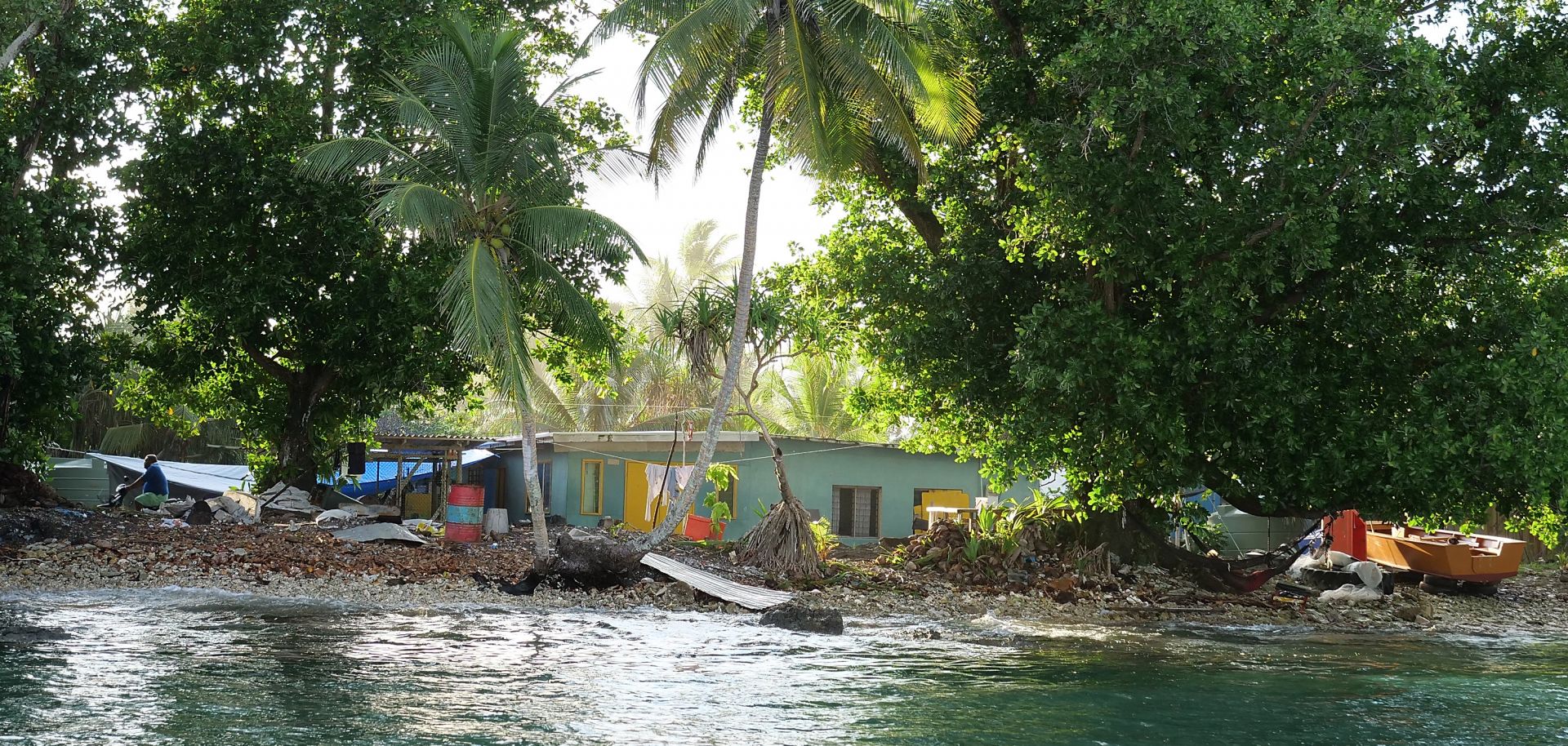ASSESSMENTS
China Sets a Course for the U.S.'s Pacific Domain
Feb 22, 2019 | 11:00 GMT

From the lagoon, the contour of the land is visable on August 15, 2018, in Funafuti, Tuvalu.
(FIONA GOODALL/Getty Images for Lumix)
Highlights
- The decrease in U.S. interest in Pacific islands like the Federated States of Micronesia, the Marshall Islands and Palau will provide further openings for Chinese influence in the area at a time when competition is mounting between Washington and Beijing.
- Remote islands that are unable to foster a self-sustaining economy will continue to leverage their strategic position to extract benefits from both sides.
- Australia, Japan and South Korea will all be critical in helping Washington to counterbalance growing Chinese influence here.
Proceed to sign up
Register NowAlready have an account?
Sign In